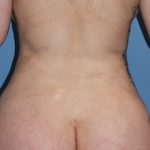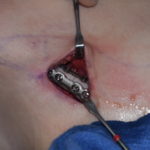Technical Strategies – The Split Custom Jawline Implant Placement Method
A custom jawline implant is undoubtably the best method to augment the entire lower third of the face. Since it covers the entire jaw from angle to angle crossing the chin it creates both volume and definition for a more distinct transition of the face into the neck. Its one-piece design also offers a lower Read More…


